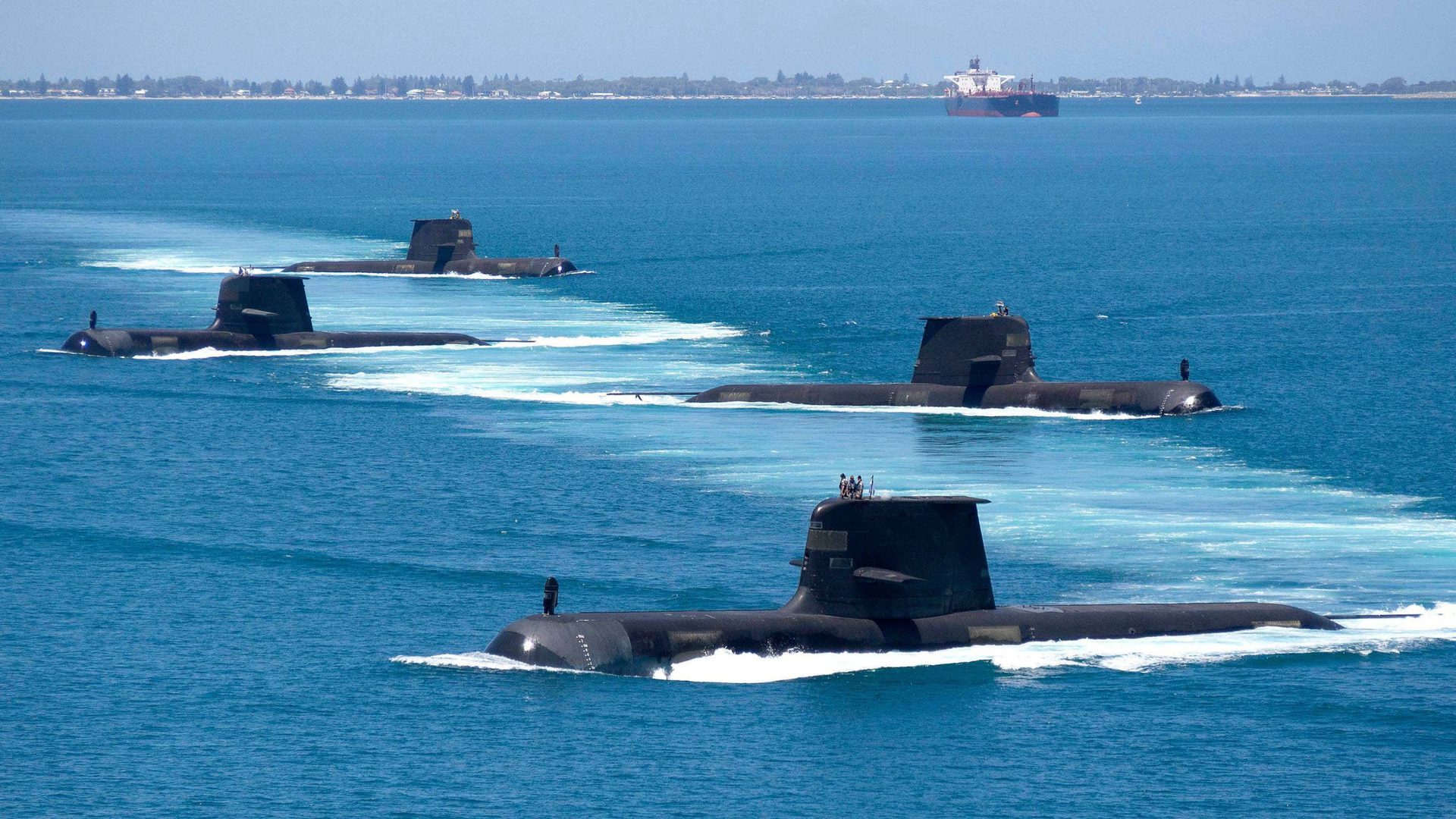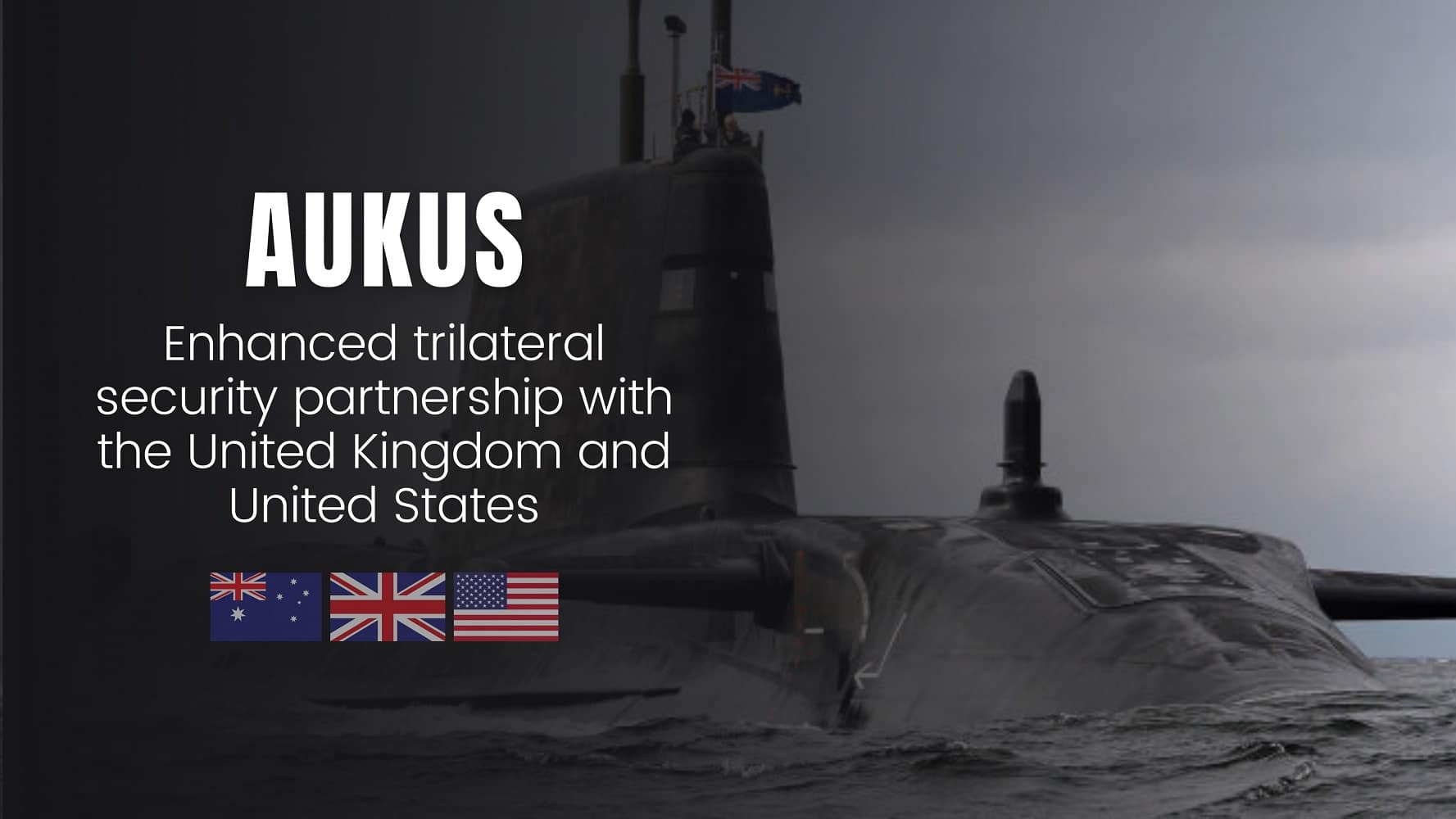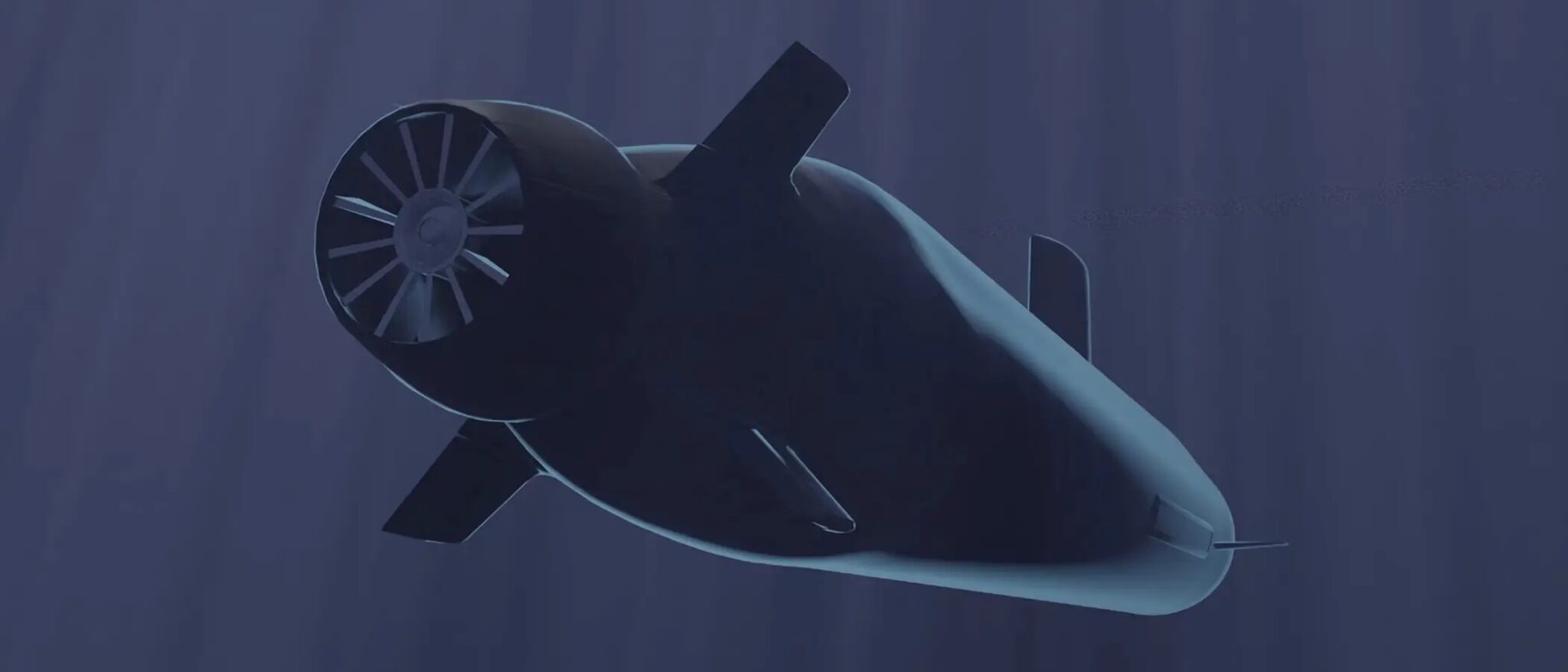Part 3 of 6: The Taiwan factor in regional calculations
The island's ability to defend itself depends on the operational circumstances does it not?
10. One of the primary missions of Taiwan’s army would be to interdict Chinese amphibious forces in transit using its coastal defense ASCM batteries. If, however, these interdiction operations proved unsuccessful, the ROC Army would take center stage as Taiwan’s last line of defense. Taiwan’s challenging littoral geography and heavily fortified beaches would pose a severe threat to PLA forces. Recognizing a problem with the ROC Army and actually doing something to deal with that problem are two different issues, but if Taiwan does not have the recognition, its actions are never going to change enough to enable help to reach them (starting from the 45th day onwards).
(a) I hold the view — if Taiwan wants peace, proper war prep is necessary — which means proper levels of ammo, POL and consumables stocking, to keep aircraft and vehicles moving for 60 days of high intensity conflict — this is because the Taiwanese navy can’t survive in a fight with the PLA(N) for more than 7 days and it’s Air Force can’t strike at range, from day 1. If war starts, the best solution to preserve combat power is for Taiwan’s F-16Vs to fly to Japan, to escape immediate destruction, so as to give options for their government in exile.
(b) “Taiwan needs to establish what sometimes is called an effective ‘porcupine defense,’ a defense that will allow it to defend against an adversary force until support from others would be available,” Frank Kramer, former assistant defense secretary for international security affairs and now an Atlantic Council expert, said in a briefing on how to secure the Taiwan Strait. “Taiwan actually needs to do better than it has done historically; it is improving recently.” I am glad that Taiwan is finally upgrading its SEAD capabilities by purchasing the most modern HARM missile the U.S. has available for export; the AGM-88E.
(c) Key to bolstering Taiwan’s defenses is securing critical infrastructure such as fuel, water and energy from cyber attacks and other supply chain interference, Kramer said. And that goes for both Taiwan and the United States, he made clear, since Taiwan must hold until US and allied forces can come to its aid in the event of a serious attempt by China to take the island.
(d) Please forgive my inchoate attempt, as I struggle to explain how poorly, the very clever Taiwanese are doing. They can defend Taiwan, if they really wanted to but it needs 8 to 10 years of consistent effort to build on current plans. To give you an idea of how poorly, let me cite some tank numbers from Singapore below, for contrast.
11. Tiny Singapore’s current and modern armoured forces are twice the size of Taiwan’s future armoured force structure — the thousands of vehicles in Singapore’s 2 Active Armoured Brigades and 2 Reserve Armoured Brigades supported by 206 Leopard 2SGs, exist to slice through enemy defences like a hot knife through butter for a 300km thunder run (to seize a capital) — not only do we have larger fleet of modern armoured vehicles, I strongly suspect our war stocking levels are much higher. Tanks operate as part of an armoured warfare system. As I see it, the lack of a real Taiwanese attempt to transition to modern armoured and wheeled infantry fighting concepts, is disturbing. With coalition support, the minimum they need to execute a proper defence plan for Taiwan is 216 modern MBTs (on top of other vehicles) but they buy less than half of what they really need and even refuse to upgrade their older tanks.
(a) The first of the 108 M1A2T Abrams that Taiwan ordered from the United States will arrive in 2022 — in contrast, Germany has delivered over 206 Leopard tanks to Singapore, that are paired with our Leguan bridge layers, AEV 3 Kodiaks, Trailblazers, Bronco, Bionix II, and Hunter IFV equipped SARs.
(b) Taiwan’s dated tank fleet consists of 480 M60A3s, 450 CM11s (modified M48 turrets mated to M60 chassis), and 250 CM12s (C11 turrets mated to M48 hulls), according to the Defense Industry Daily Web site. IMHO, Taiwan needs to upgrade 108 to 162 of its M60A3 Patton tanks to build up its combat forces. Taiwanese army generals have told Control Yuan President Chang Po-ya (張博雅) at a conference in Kinmen County on 28 June 2019 but that plan has never been approved.
(c) The terrain in Taiwan is not suited for large tank battles, due to the numerous hills. But MBTS are needed to (i) push off light armour landing on beach heads; (ii) dominate the ground fight in urban areas; and (iii) for control the axis of advance and retreat. A single M1A2T battalion (supported by equal numbers of infantry in IFVs or 8x8s), is very useful within a division sector, when it’s 3 tank companies are correctly employed.
(d) Taiwan needs 4 modern tank battalions (at least 216 M1A2T Abrams tanks) of its own to be augmented another 3 tanks battalions comprising of their older M60A3s (that should be upgraded, when budget permits). Having heavy forces deployed in 4 divisional sectors reduces the tactical options available to the PLA and forces them to be aviation centric (i.e. for the PLA to over rely on Harbin Z-19, also called WZ-19).
12. I am glad that:
(a) 11 M142 HIMARS launchers and 64 ATACMSs;
(b) AGM-84H SLAM-ER missiles and the Coastal Defense Harpoon truck-mounted (anti-ship missile system); and
(c) MS-110 multispectral airborne airborne reconnaissance pods,
were cleared for export to Taiwan in late 2020. As this will enable Taiwan to hit the ships or assembly areas in China before the PLA(N) can attempt to disgorge the PLA vehicles. Taiwan has terrain that favours the defender and if the Control Yuan are not idiots; their Parliament would do the minimum and fund the upgrade of 162 M60s, like what Turkish government did to keep their fleet relevant (when they selected the Sabra Mk II) — the Turkish Sabra Mk II contract was estimated to be worth US$688 million was signed in 2002. If Taiwan can’t afford the upgrade, it is fine to retire the entire CM-11 and CM-12 fleets provided, they have placed an order for over 216 M1A2T Abrams (because that’s the minimum they need).
If American assistance was not forthcoming and Taiwan was subjected to an intense and prolonged air, sea and cyber attack then over time China's sheer weight of numbers, plus other key advantages it has will wear Taiwan down.
13. For American and Japanese military assistance to arrive in sufficient numbers, Taiwan needs to buy time for these foreign reinforcements to arrive — assuming that ports and airports remain functional and that these heavy forces can have the support of the navy to fight their way there (by sea), in the face of PLA(N)’s submarine fleet. Basic prudence means that Taiwan needs to stock up enough ammo to fight for at least 42 to 60 days (on their own), given that Taiwan has a navy that can’t fight.
(a) The Taiwanese depend on the USN and JMSDF to defend their SLOCs. Taiwan hopes that the US will use its military superiority in the Indian Ocean and the Persian Gulf regions to go after China’s economic lifelines there. Taiwan also hopes that
U.S. attack submarines, long-range bombers, and other stealth aircraft based in Guam and Japan will be used to deter an amphibious landing. China gets half or more of its energy from the broader Persian Gulf and African theaters, so its vulnerability here is great.
(b) "What's happening in Taiwan is directly linked to Japan," Defence Minister Kishi said, noting the island sits astride his country's "energy lifeline. 90% of energy that Japan uses is imported through the areas around Taiwan," Nobuo Kishi said. It's a vulnerability that Tokyo has to mitigate.



